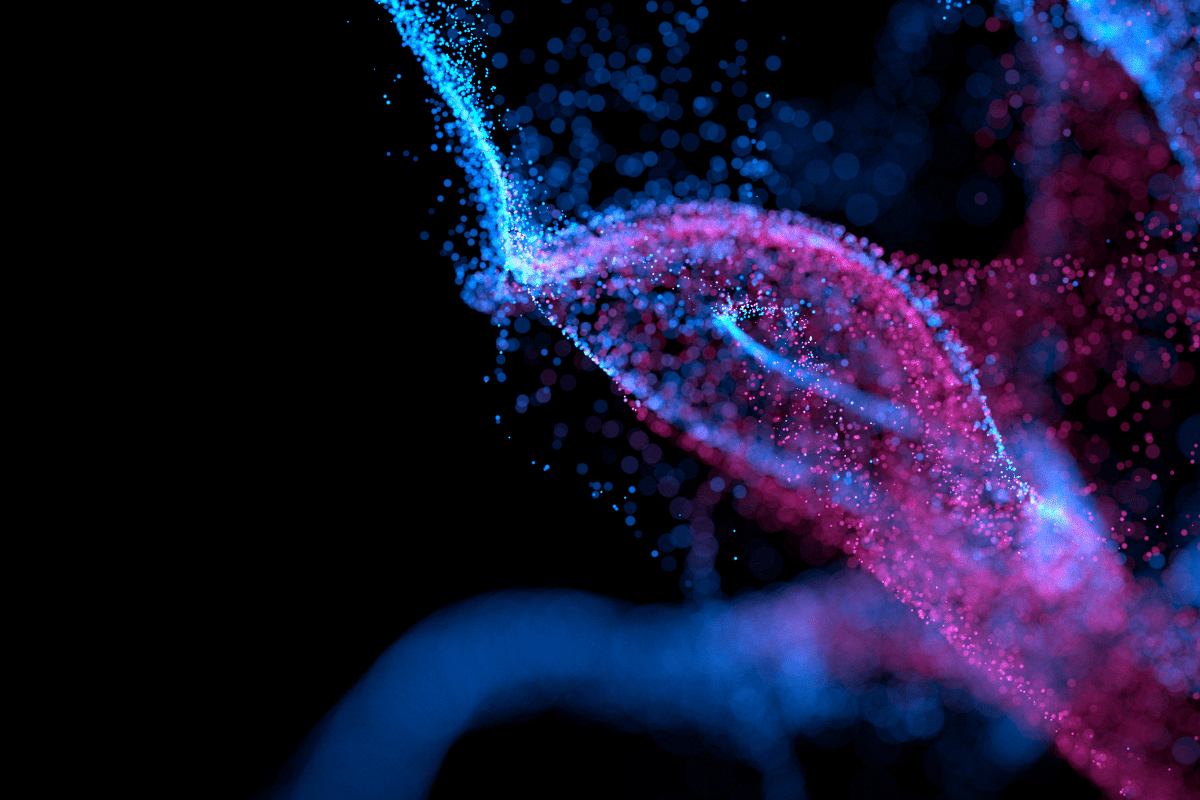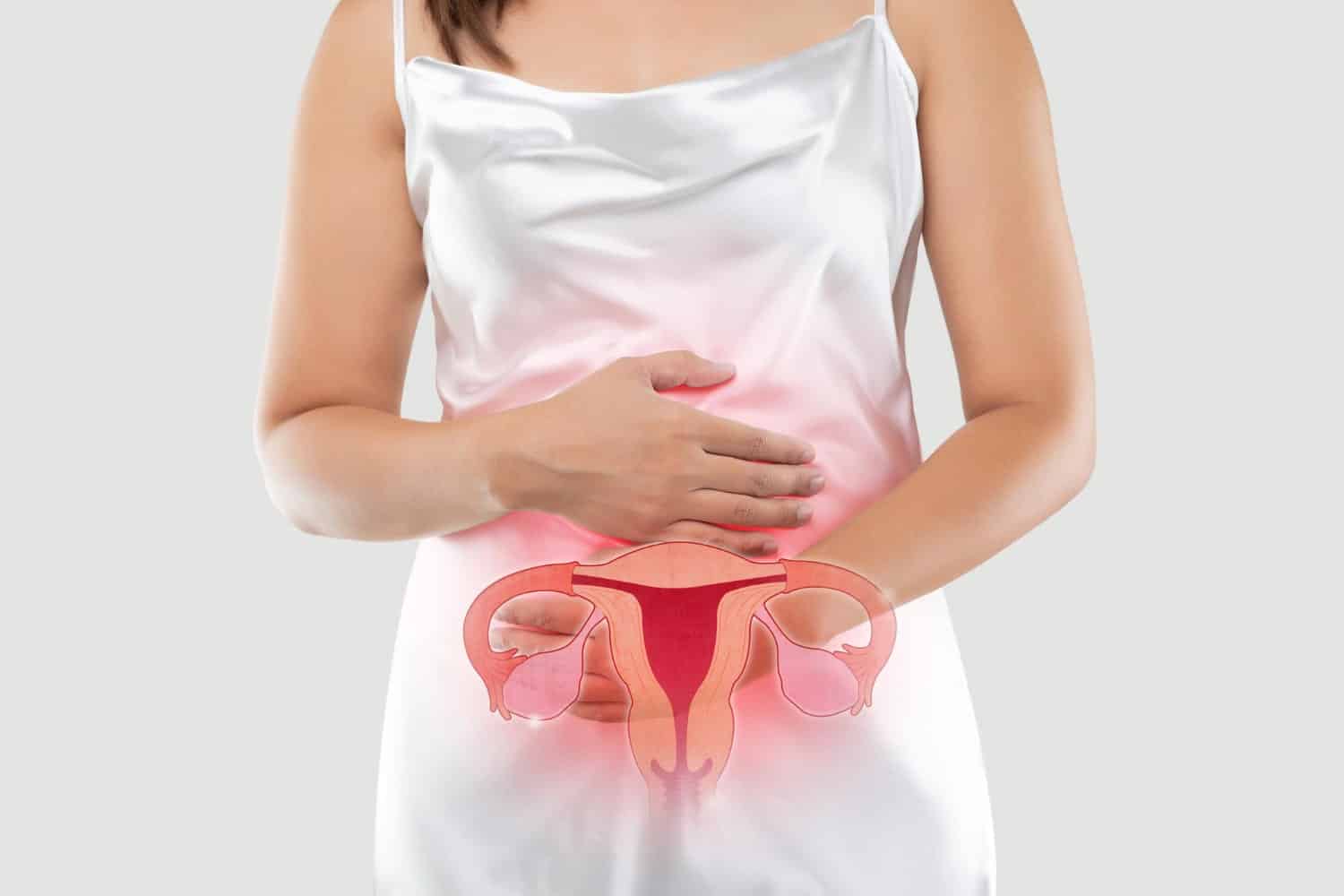Introduction
The journey through the intricate realms of women’s health unveils numerous conditions, yet some demand more attention than others. Specifically, inflammatory gynecological conditions stand out, with endometriosis and pelvic inflammatory disease (PID) at the forefront. These aren’t mere terms, but rather defining experiences for countless women. Their multifaceted nature, physical and emotional, compels us to seek more profound understanding and remedies. This exploration hopes to shed light on the pain, the progress, and the potential pathways to endometriosis pelvic inflammatory relief.

Understanding Endometriosis
Endometriosis, at its core, is a rebel. It involves endometrial tissue making unsanctioned journeys outside the uterus. This tissue, despite being an outsider, continues to function as it would within its home—leading to varied and often severe symptoms. The consequences? Anything from debilitating pain, impacting daily activities, to challenges in fertility, presenting emotional and physical hurdles to overcome.
Unraveling Pelvic Inflammatory Disease (PID)
At first glance, PID might seem like a silent spectator. However, delve deeper, and its impact resonates loud and clear. Rooted in infections, its reach can extend beyond mere discomfort, with potential fertility ramifications. This condition can be a sly adversary, sometimes masquerading its presence, making early diagnosis and intervention crucial. The quest to unravel PID pushes us to comprehend its origins, manifestations, and possible remedies.
The Inflammation Connection
The biological canvas, while vast, has some recurring themes, one of which is inflammation. Beyond its fundamental biological role, inflammation acts as an insidious agent for those grappling with endometriosis and PID. This reaction, when unchecked, augments discomfort and pain, acting as a consistent adversary. It’s not just a symptom but a signal, hinting at underlying disruptions that need addressing. Bridging the inflammation narrative with these conditions offers a fresh lens to evaluate and combat them.
Traditional Approaches
Our medical history has furnished an array of treatments—each an artifact of its time. Ranging from hormonal modulations to pain alleviation techniques, these conventional methods have been solace to many. However, they’re not without their limitations. The dynamic nature of medical sciences and evolving patient needs push us towards fresher, more effective solutions. Recognizing these historic tools while being open to innovation is the present-day challenge.

Emerging Therapies in the Spotlight
The current medical epoch is nothing short of exhilarating. Novel treatments, brimming with promise, are breaking ground, offering hope to those who’ve found little in traditional routes. Concurrently, there’s a resurgence of holistic therapies. These encompass not just medicines but lifestyle alterations, diet modifications, and the incorporation of natural supplements. These therapies, both modern and ancient, are set to redefine the therapeutic landscape.
The Role of Physical Therapy
Physical therapy, often overlooked, is emerging as a cornerstone in addressing gynecological discomforts. Specially curated exercises, focusing on the pelvic floor, promise more than transient relief. They aim for restoration and balance. These methods, rooted in anatomy and physiology, address the root causes instead of just symptoms. Integrating them into therapeutic routines could be a game-changer for many.
Surgical Interventions
Once perceived as a last-ditch effort, surgical interventions have evolved dramatically. Today’s surgical panorama boasts minimally invasive methods—highly effective yet ensuring reduced recovery time. These modern procedures, while still serious, offer enhanced safety and efficacy profiles. Embracing these, where appropriate, means fewer scars and quicker healing, heralding a new era in gynecological interventions.
The Promise of CBD and Medical Cannabis
Nature’s pharmacopeia is expansive, and within it, certain elements are now garnering heightened attention. Specifically, CBD and medical cannabis. These natural entities are being heralded as potential inflammation combatants. Numerous anecdotal accounts and growing research point towards their efficacy in managing gynecological discomforts. The fusion of tradition and modern research could propel these into mainstream therapeutic routines.
Nutritional Adjustments and Supplements
Food, while a source of nourishment, can also be medicine. Anti-inflammatory foods, laden with antioxidants, can be potent allies against endometriosis and PID. Furthermore, the world of natural supplements is expanding, offering myriad options to bolster the body’s defenses. Balancing diet with these supplements could potentially recalibrate the body, making it more resilient against inflammatory onslaughts.
Mental Health and Coping Mechanisms
Gynecological conditions, with their pervasive nature, often venture beyond the physical, leaving psychological imprints. Chronic pain and discomfort can fray mental well-being, necessitating interventions. Techniques like mindfulness and meditation emerge as vital. These tools, combined with support systems, can help navigate the emotional labyrinth, offering not just relief but resilience.
The Global Scene
The global tapestry of medical treatments is rich and varied. From the annals of Eastern medicinal wisdom to the innovations of Western science, the world converges in its approach towards endometriosis and PID. This unity in diversity promises a plethora of solutions, tailored to unique cultural and therapeutic narratives. Navigating this global scene reveals insights and innovations that can be universally beneficial.

The Road Ahead
Peering into the future, one can sense palpable optimism. Research is ceaseless, with each day bringing forth potential breakthroughs. The next decade might well be a watershed moment in our fight against endometriosis pelvic inflammatory relief. With collaborations, innovations, and determination, a future with more manageable conditions seems not just possible, but probable.
Conclusion
The intertwined narratives of endometriosis and PID, while marked by challenges, are also tales of hope. With a gamut of therapeutic avenues emerging, the path to relief is becoming clearer. It’s an affirmation that by converging knowledge, compassion, and innovation, we can ensure a brighter, pain-minimized future for countless women.




